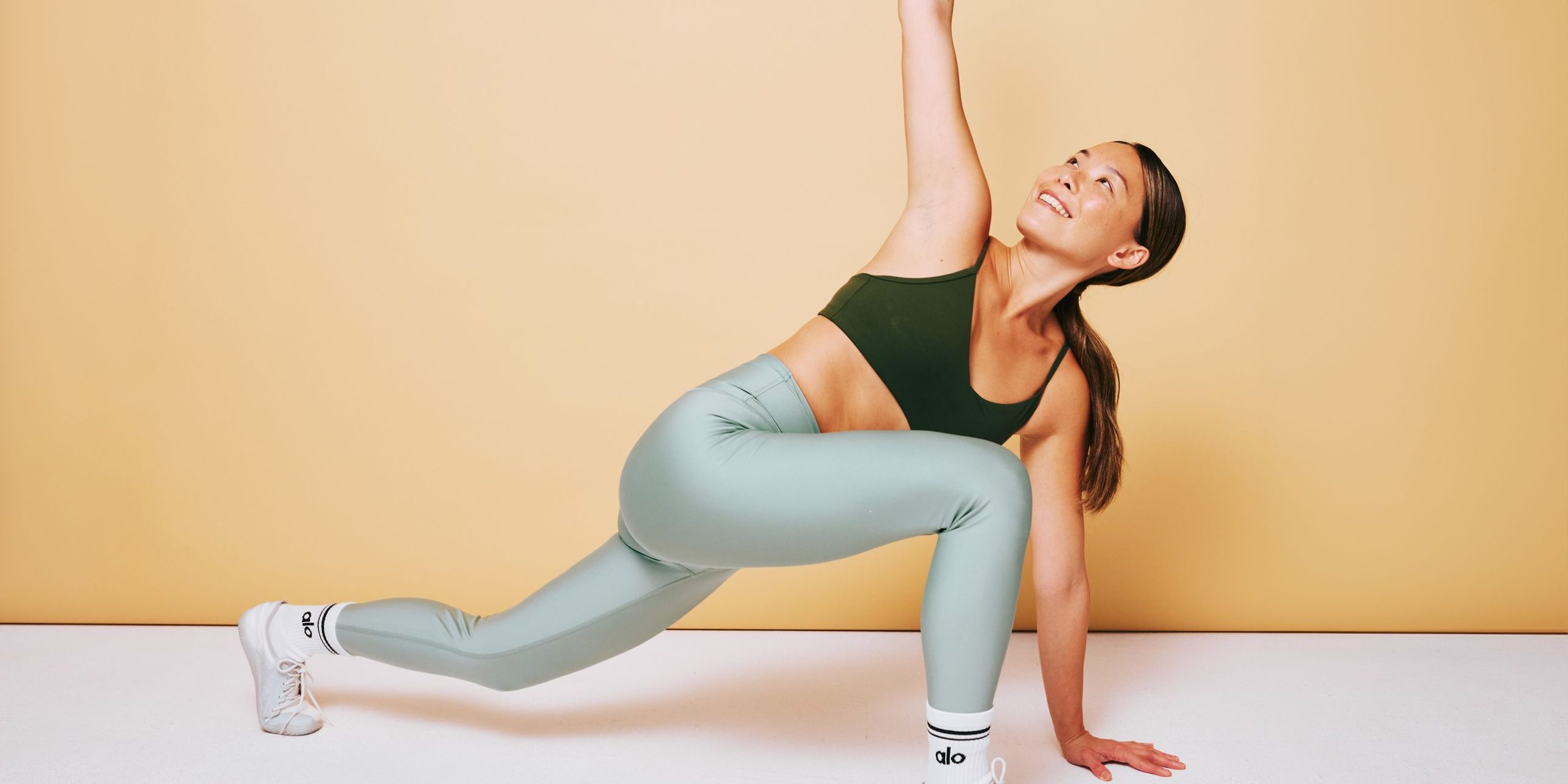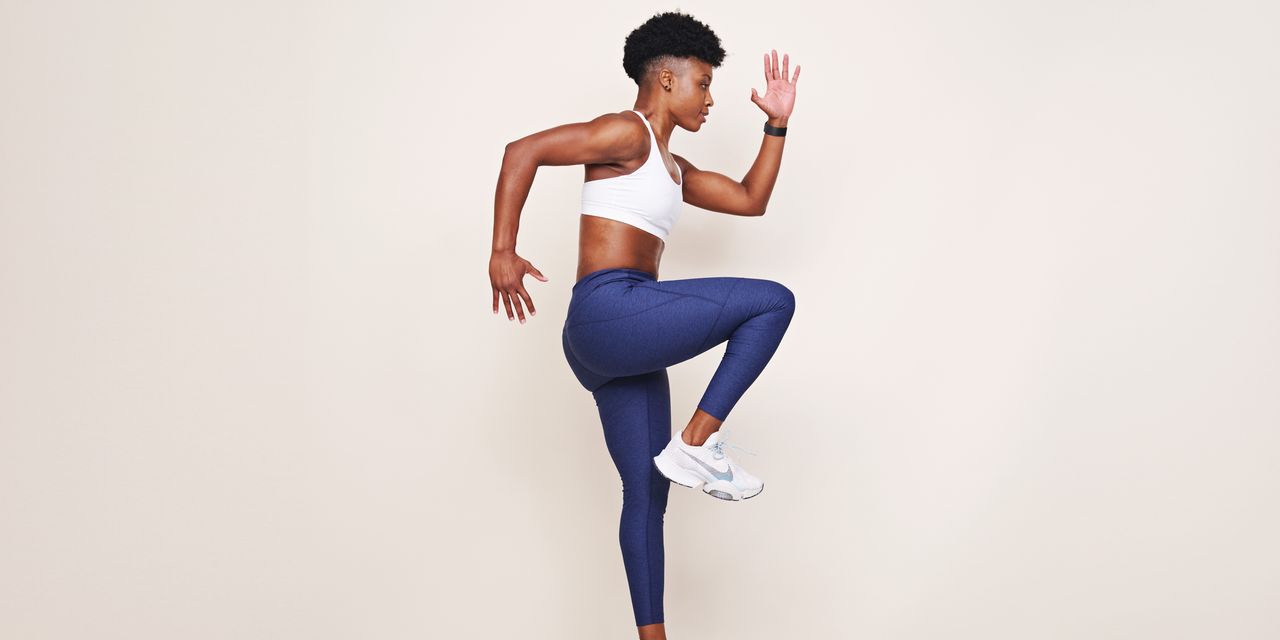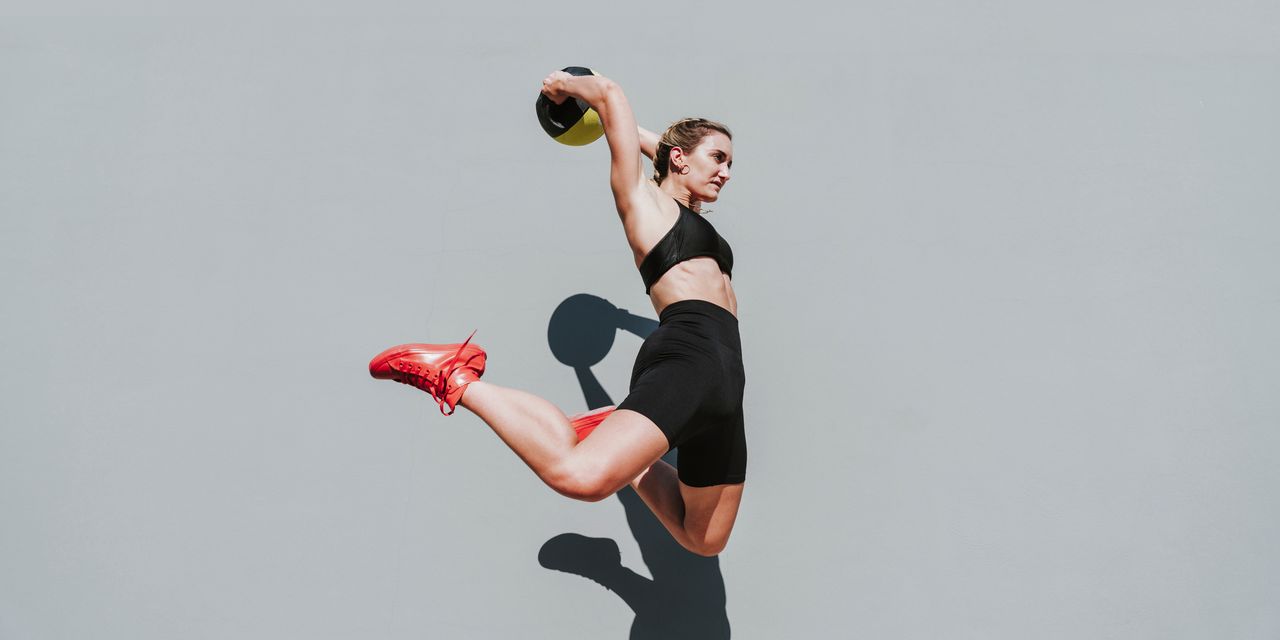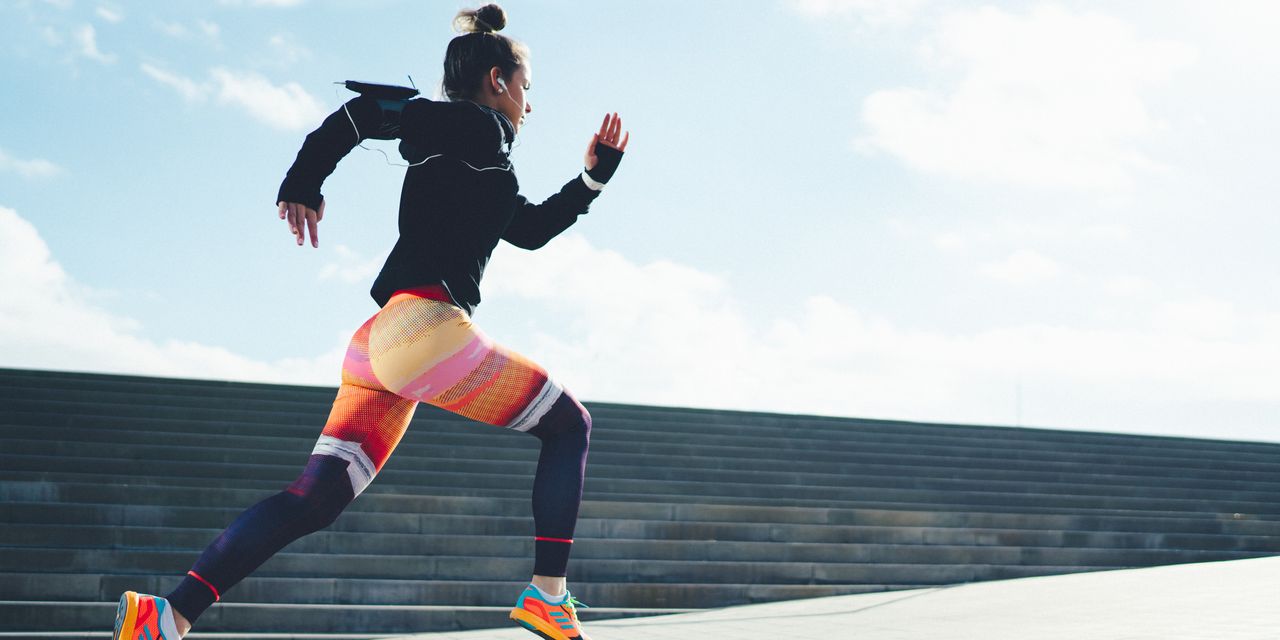14 Mobility Moves Anyone Over 35 Should Add to Their Day

Mobility exercises are important at any age. But they’re especially key as you get older (hello, 35-plus age range!), both to help you feel as good as you can each day and to set your body up for success for the long haul.
Doing regular mobility work can help you move through life as comfortably and efficiently as possible, even as your body changes with time, Winnie Yu, PT, DPT, CSCS, a NYC-based physical therapist and strength coach, tells SELF.
Below, everything you need to know about how mobility exercises affect your body, how to slot them into your daily schedule–and a whole list of moves to try so you can feel your best.
Here’s how mobility exercises can come in clutch.
When we talk about mobility exercises, we mean anything that improves motion through your joints, muscles, nerves, and connective tissues. This can include dynamic stretches (exercises where you move fluidly through a joint’s range of motion) as well as static stretches (where you hold still in a certain position). And as the decades fly by, this type of movement can actually help mitigate some of the not-so-pleasant changes that naturally happen in our bodies over time.
For one, our joints can become less lubricated, and the space between the segments of our spine can narrow, Dr. Yu tells SELF. These shifts can increase your chances of certain injuries and conditions such as herniated discs, bone spurs, arthritis, and spinal stenosis, or the narrowing of the spaces within the spine that causes pressure on the spinal cord and nerves.
“Especially if you target mobility early on, and you integrate it as part of your lifestyle, you can reduce risk of injuries,” she says. On a less serious scale, mobility work can also combat chronic annoyances like back aches and cranky hips that get in the way of you feeling your best day to day.
That’s particularly true for those of us who spend a big chunk of the day sitting, which tightens up the hips and back and encourages not-so-ideal posture. On that end, mobility exercises can help you stand (or sit) up straighter while also easing the tightness that comes from all that time parked on your butt, Dr. Yu explains. A 20-something may not feel all that achy from a day spent hunched over a computer, but those of us in our mid to late 30s (and beyond) likely will, which is why targeted stretches can be lifesavers.
Weaving in mobility moves can also benefit your workouts. That’s because if you’re tight in certain areas—say, your upper back, mid-back, or hips—you can compensate by overusing other areas, like your shoulders, neck, and lower back, ultimately upping your chances of strain and injuries there. By loosening up problem areas, you can potentially sidestep these issues altogether, improving your ability to work out for the long haul.
How can you slot mobility exercises into your day?
You can either group these moves into standalone sessions to do throughout the day or consider them a great warm-up for your workout.




